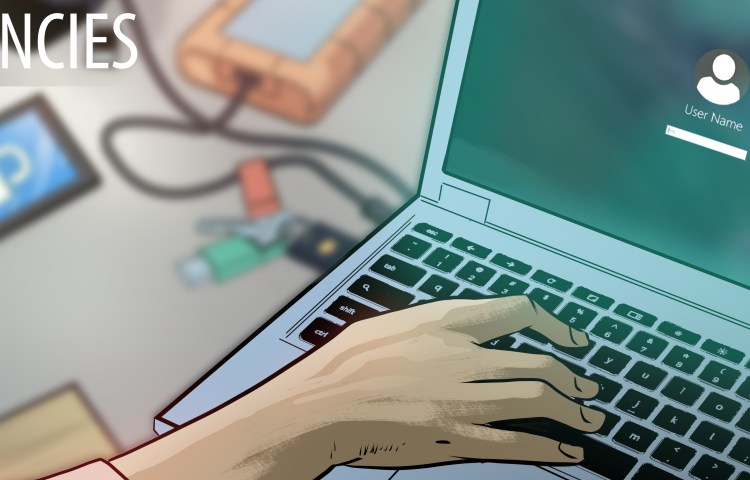
Digital security: Risk assessment template
This two-part digital risk assessment form is designed to help journalists think about how to mitigate digital risk in both their everyday life and when covering a particular story. The following templates are designed to accompany CPJ’s Digital Safety Kit, which has practical steps that journalists can follow in order to help them complete the…

Digital security checklist for journalists in exile
Use the following checklist to help better protect yourself, your family, and your sources. This checklist is designed to accompany the digital safety guide for journalists in exile. If you need assistance, journalists should contact CPJ via emergencies@cpj.org.
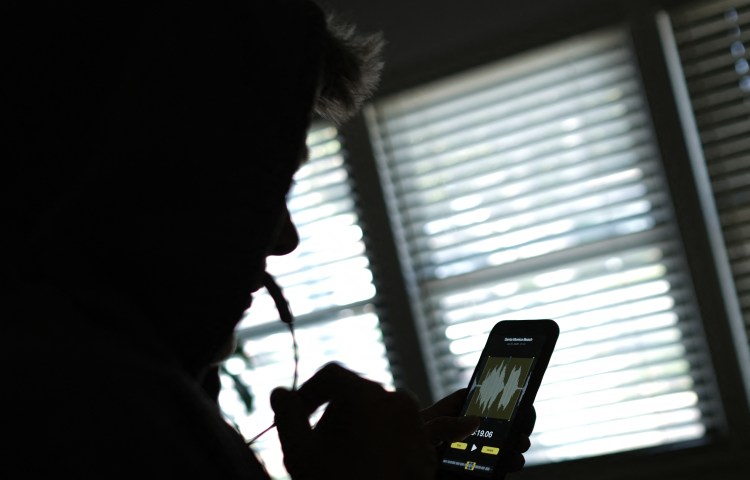
Digital safety: Guidance for journalists in exile
Journalists in exile face a range of digital security challenges unique to their individual circumstances. These include hacking attempts on their accounts, online harassment, and attacks on their websites or blogs. This guide provides journalists with practical steps they can take to better ensure their safety. General guidance Keeping accounts safe from hacking attempts Journalists…
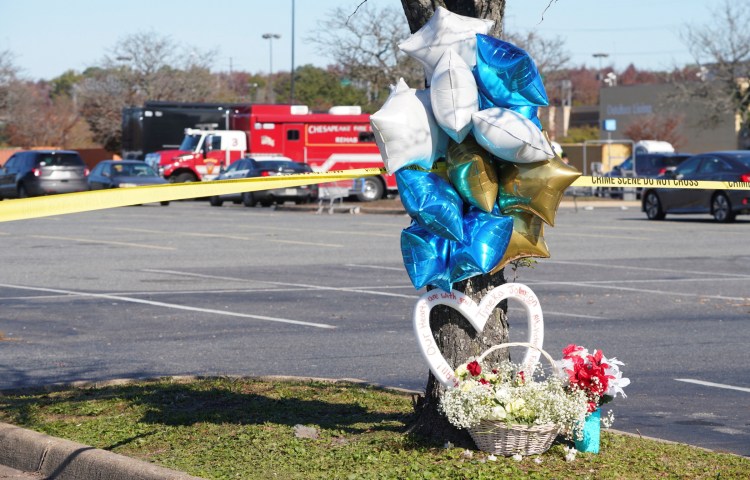
Psychosocial safety: Covering gun violence in your community
Reporting on gun violence takes a toll on all journalists. But there are unique pressures for those covering gun violence in their own communities. These journalists sometimes cover mass shootings that become national and international stories, but they often cover everyday gun violence: neighborhood shootings, gang violence, domestic violence, and suicide. Download the PDF: English…
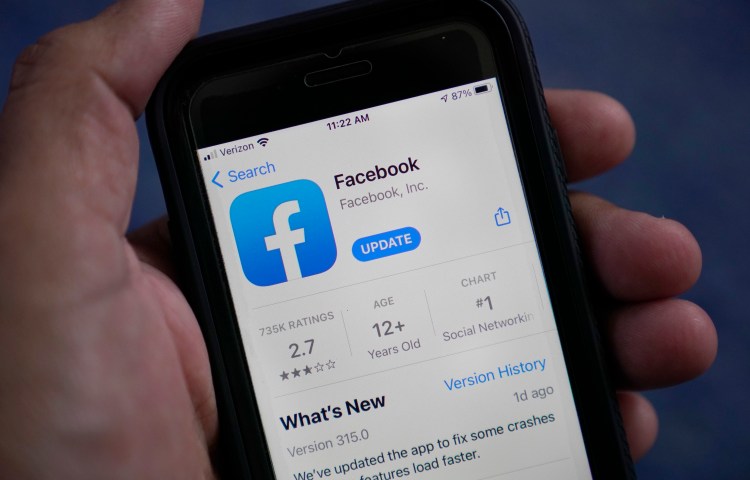
Digital safety: Using online platforms safely as a journalist
Journalists use a wide range of online platforms to distribute their work and communicate with sources and audiences. Platforms that allow interaction with others, like social media, wikis that allow collaborative editing, or content hosting services like WordPress and Substack, can all present security issues for you and others in your networks. There are, however,…
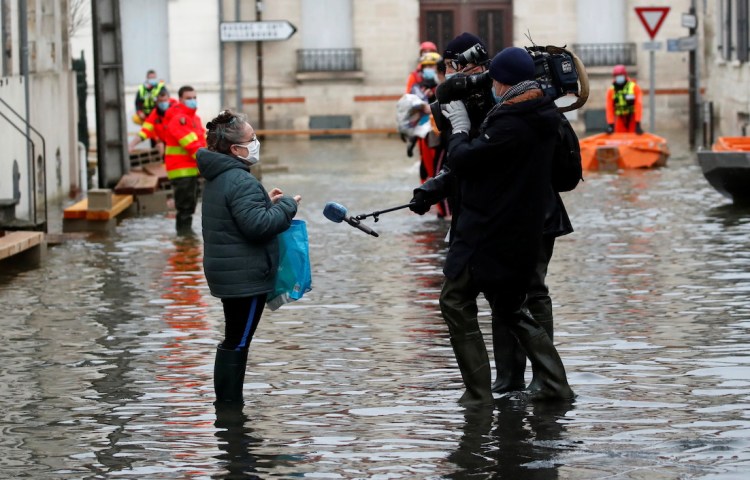
Physical Safety: Reporting during flash floods
Rising global temperatures are increasing the potential for flooding. Floods can occur not only during heavy rains, but also when ocean waves are being pushed onshore, when snow is melting quickly, or when dams or levees break. Flash floods are particularly dangerous, because they combine the destructive power of a flood with incredible speed. Flooding…

Digital safety: Adversarial or confrontational sources
Reporting can involve researching and contacting people who pose a threat to you or the media outlet you work for. Using personal devices and accounts to do so could expose you to harassment and identity theft, since using your phone or the internet can reveal information about you and your location such as your email…
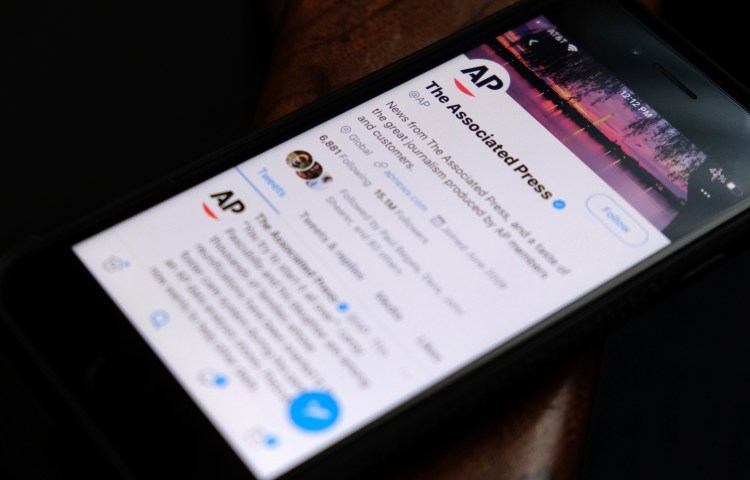
Digital Safety: Protecting against online smear campaigns
Updated March 20, 2023 Media outlets and journalists are increasingly targeted by sophisticated smear campaigns designed to harm their credibility. Groups coordinate to spread false online content about them or their work, often targeting their social media accounts. Some such groups have undisclosed government backing. Posts often seek to undermine news reports and convince readers…

Physical Safety: Mines and unexploded ordnance
For journalists on the ground, mines and unexploded ordnance (UXO) pose a deadly threat, especially when they don’t know what to look for. Given an increased concern about the widespread use of these weapons in Ukraine, CPJ Emergencies has created this video and safety note to explain how to work safely in an environment where…

Editors’ checklist: Protecting staff and freelancers against online abuse
Updated March 20, 2023 The following checklist allows editors and commissioners to understand how well-prepared journalists are when it comes to protecting themselves against online abuse. For additional safety information, please see CPJ’s safety guidance on protecting against online harassment, removing your personal data from the internet, and protecting against targeted online attacks. Editors and…